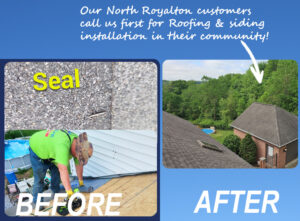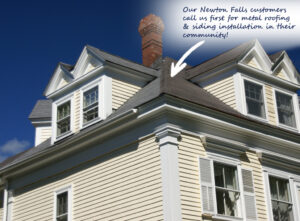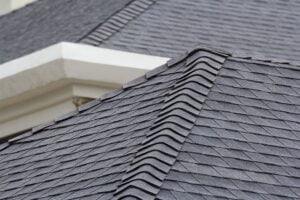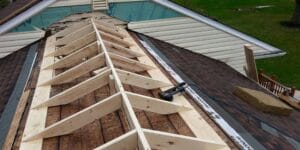When observing a city skyline, the angled roofs of commercial buildings often accentuate the view. Commercial pitched roofing comes in various styles, offering building benefits and space potential.
This article explores pitched commercial roofing, its benefits, and the crucial role of roof pitch in construction. It will also highlight Eagle Eye Roofing, which can help you with all of your roofing needs.
Measuring Roof Pitch
Understanding roof pitch is essential for selecting materials and ensuring proper drainage. The pitch is measured by the vertical rise over a 12-inch horizontal span and is categorized into flat, low, and steep slopes.
What is Pitched Commercial Roofing?
Pitched commercial roofing refers to sloped structures on commercial buildings, differing from flat roof systems often used in commercial construction. Unlike residential roofs, which commonly exhibit low and steep-pitched designs, commercial roofs historically favored flat designs due to their ease of maintenance and space optimization for HVAC systems.
Pitched commercial roofs typically start with a roof pitch over 2:12, an increase in slope of 2” per every 12”. They effectively shed water and snow, making them ideal for areas with heavy precipitation. Materials for pitched roofs are selected based on the building’s size, aesthetic preferences, and functional requirements.
Proper maintenance of pitched commercial roofs is crucial for longevity and to prevent premature replacements. Additionally, green or cool roofs can enhance a building’s energy efficiency and sustainability.

Benefits of Pitched Roofs
Pitched commercial roofs are a popular choice for many commercial buildings, from retail centers to offices. Apart from their traditional appearance, there are several benefits to choosing a pitched roof system for a commercial space. These benefits range from improved aesthetics and better drainage to increased longevity. Here are some of the advantages that make pitched roofs a strong contender in commercial roofing.
Enhanced Aesthetics
Pitched commercial roofs offer practical benefits and enhance the aesthetics of buildings. They create an attractive profile, contribute to curb appeal, and can be customized with various materials like asphalt shingles or metal roofing. Proper maintenance ensures they stand out and add character to a commercial landscape, significantly enhancing a structure’s visual impact and complementing the surrounding architectural style.
Better Drainage
One of the functional perks of pitched roofs is their superior drainage capabilities. The sloped design of these roofs allows water to flow naturally down the surface, preventing the accumulation of rainwater and snow, which is a common issue with flat roofs. This aspect of pitched roofing systems translates into fewer leaks and water damage over time, which can be a significant cost saving for a building owner.
Improved Attic Space
Pitched roofs create spacious attics that can serve various purposes, such as storage, working space, housing essential equipment, and improved insulation. If utilized properly, pitched roofs can even generate additional revenue. Proper maintenance and working with experienced contractors are crucial for maximizing the potential of the attic space and optimizing the roofing system.
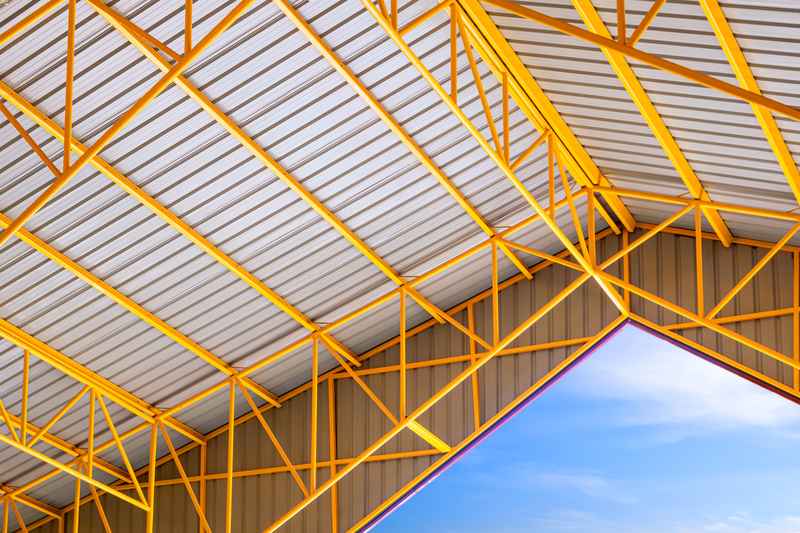
Longevity and Durability
Pitched commercial roofs are a popular choice for building owners due to their longevity and durability. Depending on the materials and installation quality, they can last anywhere from 15 to 100 years. Here’s a quick breakdown of common types and their average lifespans:
- Asphalt Shingles: Last 15 to 30 years
- Metal Roof: Last 40 to 70 years
- Green Roofs: Last 40 years or more with proper maintenance
- Tile and Slate: Can exceed 100 years with proper upkeep
Remember, regular inspections and prompt repairs are essential for extending the lifespan of any commercial roof.
How Eagle Eye Roofing Can Help
Eagle Eye Roofing provides comprehensive services for pitched commercial roofs, ensuring your business is protected and visually appealing. Contact us for a consultation and discover how we can meet your commercial roofing needs.
For more information, visit Eagle Eye Roofing.

